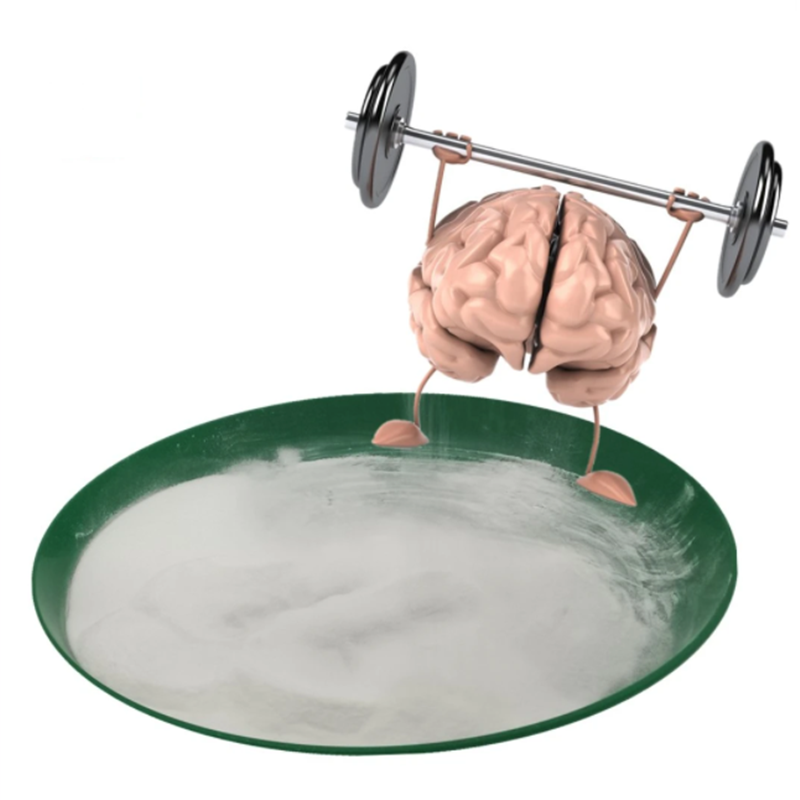Li Tiantian, the founder of Lilac Garden, mentioned two papers on the practical effects of mobile medical chronic disease management in several speech occasions. Curious, I took a lot of research and found two research results to study it. To be honest, after reading it, I was mad at half. The two papers are two papers on the negative results of mobile medicine, published by Professor Ong of the University of California, Los Angeles, and Eric J. Topol, a mobile medical advocate. The two publications are different, the research team is different, and the sample is different. Articles with different subjects showed that cohort studies confirmed that there was no statistical difference in mobile health care for patients. A team of professors from the University of California, Los Angeles, published in the JAMA Journal of Internal Medicine, a randomized clinical trial (BEAT-HF) for the efficacy of remote monitoring after discharge from patients with heart failure found that patients with heart failure were on call for follow-up health education. With remote monitoring intervention, the patient's re-admission rate within 180 days after discharge can not be reduced. The randomized clinical cohort study included 1,437 heart failure patients with a median age of 73 years between 2011 and 2013, with 46.2% (664) of women and 22.0% of African Americans (316). The researchers randomized these heart failure patients into 715 intervention groups, compared with 722 in the conventional care group. Interventions include telephone communication that we are familiar with, using relevant electronic remote monitoring devices, and collecting patient-related data daily, including medical data such as blood pressure, heart rate, symptoms, and weight. These data are collected by registered nurses to perform relevant remote monitoring data collection and telephone inquiries about health education. The main indicator of their main observation was the re-admission rate within 180 days after discharge from cardiac surgery. The main indicator for the second-level observation was the all-re-hospitalization rate within 30 days after discharge, and the total mortality within 30 days and 180 days after discharge. The quality of life was observed within 30 days and 180 days after discharge. The results showed that the all-enhanced readmission rate was 50.8% (362/715) within 180 days after discharge from the intervention group and 49.2% (355/722) in the routine care group. There was no significant difference in re-admission rates between the routine care group and the regular care group within 180 days of discharge after remote monitoring and telephone follow-up health education interventions. Main result P value
Our company specializes in providing Nootropics raw materials -Nootropics Nootropics Nootropics powder Nootropic Active Pharmaceutical Ingredients Nootropics peptides
We also provide Active Pharmaceutical Ingredients // Bodybuilding Peptide //Sarms and so on Nootropics , Nootropics powder , Nootropic Active Pharmaceutical Ingredients , Nootropics peptides XI AN RHINE BIOLOGICAL TECHNOLOGY CO.,LTD , https://www.xianrhinebiotech.com.jpg)
.jpg)
